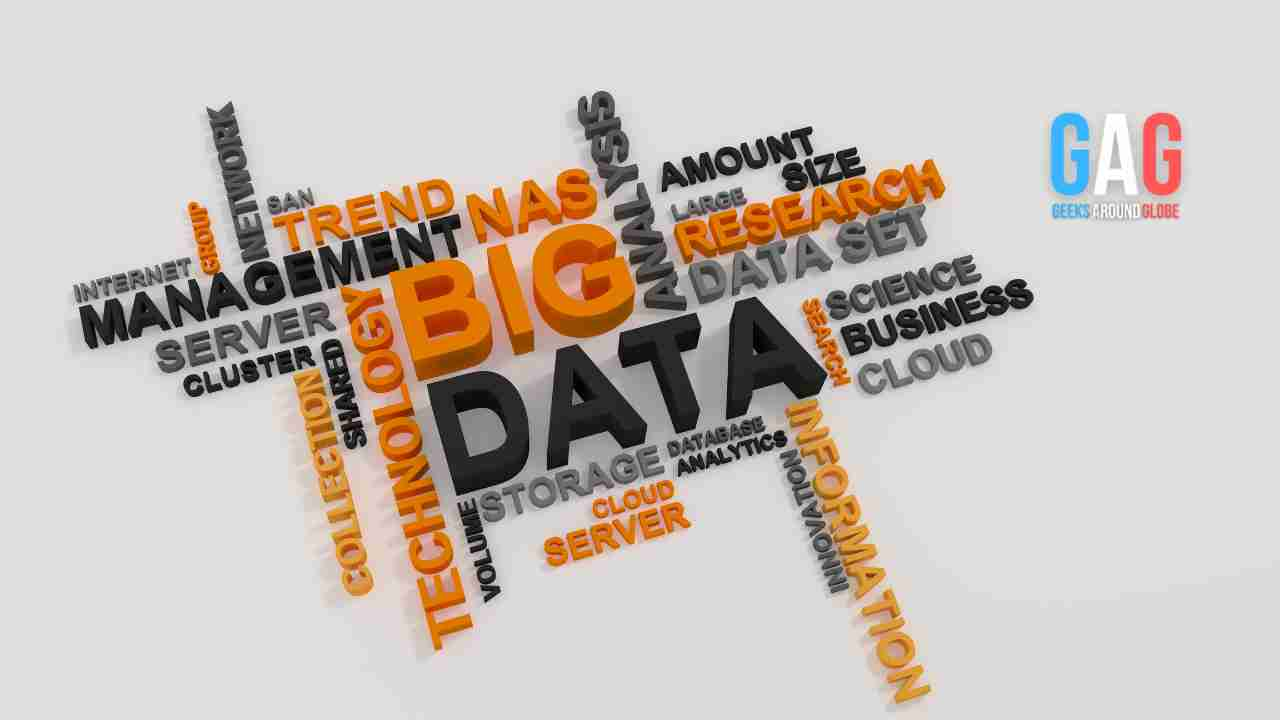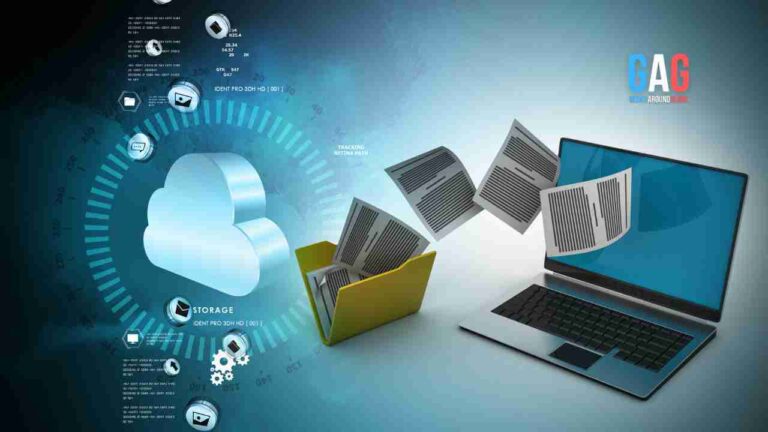Data and Value is what matters now. And if possible in real-time. Real-time business information has been around for a while, but until recently, the number of firms who used it was modest. Because of its reliability, Spark is now one of the most extensively used systems for analyzing massive amounts of data, but when you need alternatives to spark solutions such as Storm or DataTorrent RTS are good candidates.
The lack of penetration of this type of practice into the market was due to two fundamental reasons: the first, obvious, was the lack of real-time business analytics tools, and the second – the existing solutions were focused only on batch data analysis with high costs. Storm and DataTorrent RTS solve both situations.
What is big data routing and why do you need it
By data routing, we mean the process of collecting information from various sources (local and cloud file storages, databases, IoT / IIoT devices), their aggregation according to certain parameters, and further transfer to other receiving systems (file storages, databases, broker messages, etc.). As a rule, the data storage function is not included in the tasks of the router. Thus, data routers perform a typical set of ETL operations (Extract, Transform, Load).
In general, in Big Data, there are 2 modes of working with data, incl. regarding their loading and routing:
- batch, which is used for very large files or in situations that are not critical to the response time delay (latency). Files to be transferred are collected over a period of time and then sent together as packages.
- streaming, when data is received in real-time and must be uploaded to an external system immediately.
- In practice, ETL operations with big data, both in batch and in streaming modes, are necessary to load information into the corporate Data Warehouse, DWH, and Data Lake, as well as a visual presentation of information across different OLAP dimensions cubes in dashboards of business intelligence systems.
What is Apache Spark
Before looking at Apache Spark alternatives, it is necessary to first consider how the main competitor works. Apache Spark is based on the concept of Resilient Distributed Dataset (RDD). An RDD is a distributed collection of data, that is, one that is divided into multiple partitions that can be stored on different machines. Such parallelization of data allows parallelization of calculations: data transformation can be performed on each of the nodes (or machines) of the cluster. For example, to make a giant omelet, thousands of eggs can be arranged so that everyone participating in the feat has several eggs. Then everyone can independently break and then beat the eggs.
RDD also manages resiliency, that is, it allows the program to continue running in the event of a failure when the machine is no longer available. To do this, Spark maintains a list of operations that need to be performed. If the intermediate result is no longer available (after a crash), simply repeat the same operations to get the result again. This principle can be applied to food preparation: if the basic ingredients of the cake are still available (assuming the input is stored in a stable system such as a database or HDFS), just follow the recipe to get the cake. If you drop the device, simply take the ingredients back and follow the recipe again to restore the device.
Apache Storm
Apache Storm is a real-time distributed computing system that is open source. It enables the easy and reliable processing of massive amounts of data in analytics (for example, studying continuous data from social networks), distributed CPR, and ETL procedures.
While Spark performs batch data processing, Storm tackles it in real-time. Data is injected into your file system by Spark and then dispersed among nodes for processing. When this process is completed, the information is delivered from the nodes to HDFS, where it will be utilized. Storm does not have a beginning and an end point: the system is built on the building of Big Data topologies for transformation and analysis as part of a continuous process of constant information intake.
That’s why Storm is more than just a big data analysis system, it’s a complex event processing system (CEP). These are the technologies that enable businesses to adapt to rapid and constant data influxes (information collected in real-time by sensors, millions of comments generated on social networks such as Twitter, WhatsApp, or Facebook, bank transfers, etc.).
In addition, it is particularly interesting for the developer for several reasons:
- It is compatible with a variety of programming languages. Storm is powered by the Java Virtual Machine (JVM). Its greatest virtue is that it is compatible with components and applications written in a variety of languages, including Java, C #, Python, Scala, Perl, and PHP.
- It is expandable.
- Tolerant to faults.
- Installation and operation are simple.
DataTorrent RTS
DataTorrent RTS is also an open source solution for batch processing and real-time big data analysis. The platform can process billions of events per second and recover from any node outage without data loss or human intervention.
Some of its fundamental characteristics are:
- Guaranteed event processing.
- High performance in memory.
- It is scalable.
- Fault tolerance at the platform level.
- Ease of execution.
- Application programming in Java language.
This Big Data solution includes mechanisms for accessing information from a variety of sources, including external databases and interaction with native corporate applications. DataTorrent RTS offers technical teams with a collection of connectors previously established for SQL and NoSQL databases, Apache Sqoop, Apache Kafka, Apache Flume, or social networks such as Twitter…
Finally, these Big Data technologies make it easier for businesses to learn about genuine business prospects, decreasing learning and analysis time and costs. It’s a struggle for real-time and predictive models to achieve competitiveness and win the game against the competitors. So keep in mind that in any scenario of using technology, you will be able to find the exact solution that will help you solve all the tasks.


